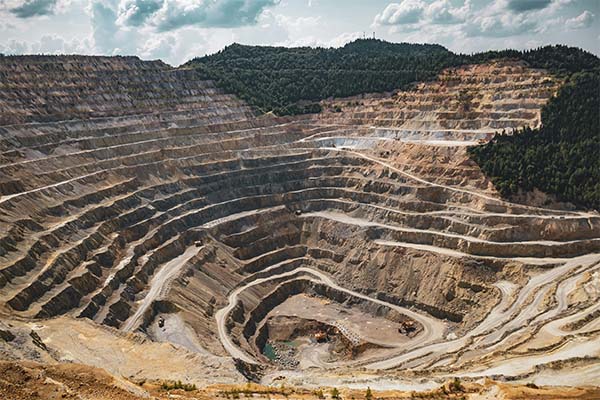Basic concept
Drilling involves using a drill to drill into the ground to extract cores or cuttings to study geology, minerals or meet engineering needs. Core drilling focuses on retrieving the core for analysis. The borehole is deep, narrow and directional, defined by depth (L), inclination (θ), and azimuth (α). The mud pump circulates the cleaning fluid to remove debris and cool the bit, returning through the annular space.
sort
Drilling is divided into:
Purpose: General exploration (shallow), mineral exploration (deep), water Wells, oil/gas, engineering geology, construction and others (e.g. Geothermal).
Tools: diamond, carbide, roller drill bit drilling.
Force: Percussion, rotation, combination.
Fluids: water, mud, air.
Loop: Direct, reverse.
Coring: coring, full drilling; Lifting or non-lifting methods (e.g., cable tools).
Special method: directional, underground hammer.
Production process
The process goes from site preparation to equipment removal:
Positioning hole, leveling ground.
Install and validate equipment (rig, pump).
Prepare and test the drill.
Start hole, set the sleeve tube, adjust the diameter.
Drilling, rock breaking and debris removal.
Organize, store, and label the core.
Additional tasks (casing, depth correction, water observation, deviation measurement).
Complete drilling, casing removal, sealing and inspection.
Coring drilling uses a rotating drill string to break up rock, fluid to remove cuttings, and a coring cycle (run) to lift.
Knowledge of rocks and geology
Rock type: igneous rock (e.g., granite, hard), sedimentary rock (e.g., sandstone, stratified), metamorphic rock (e.g., marble, fracture).
Characteristics: hardness, strength, elasticity, abrasive impact drilling.
Drillability: Measured in velocity (m/h) and rated 1-12 (soft to very hard). Factors include strength and hardness.
Geological structure: Folds (wavy bends) and faults (fractures or displacements) can affect efficiency. Faults can destabilize walls or cause accidents.
Drilling diameter DCDMA
The standard defines diameter: AQ (47.75 mm), BQ (59.69 mm), NQ (75.44 mm), HQ (95.76 mm), maximum 150 mm (SQ). These are suitable for a variety of drilling needs.


